With the Government's policy of promoting cashless payments, online payments in Vietnam are growing rapidly, reflected in daily life when people increasingly use QR codes, e-wallets, and money transfers. New technologies are being born, making them more convenient, contributing to promoting the digital economy.
QR code payment is on the rise
Through a survey of 15,000 sellers nationwide on the business situation in 2023 of the Sapo multi-channel sales and management platform, up to 43.8% of sellers are accepting payment via bank transfer; of which 15.33% of sellers transfer money via VietQR code scanning. Sellers also equip VietQR codes for customers/shippers to transfer money at any time.
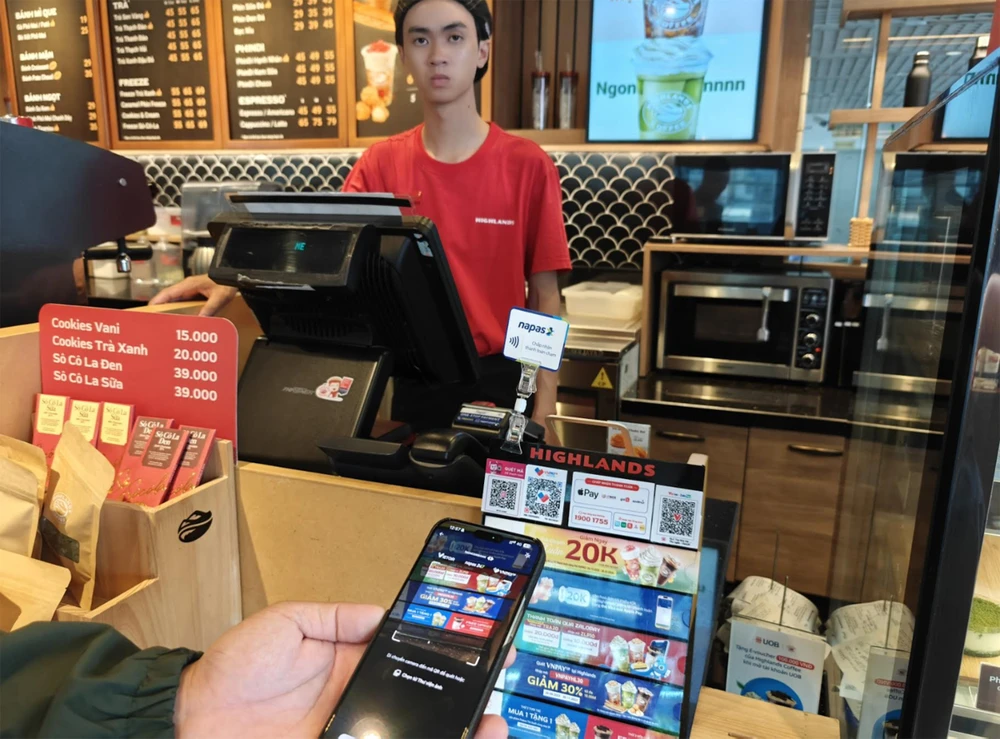
A representative of the Sapo multi-channel sales and management platform said that banks continuously launch programs to support sellers, such as creating QR codes for quick money transfers, giving away display boards at QR code printing stores... Banks also cooperate with many sales management software partners to expand features such as creating dynamic QR codes (the software automatically generates QR codes according to the amount customers need to pay), opening accounts to receive money quickly right on the sales management software (eKYC), implementing programs to stimulate cashless spending...
QR codes are becoming a popular payment trend and the proportion of payments via this code is increasing. According to Vietnam National Payment Corporation Napas, in the third quarter of 2023 alone, QR code payments via VietQR doubled in quantity and reached more than 100 million transactions/month. On the Payoo system, QR code payments in the third quarter of 2023 increased by 6% in quantity and 30% in value compared to the previous quarter.
If in the past, QR codes were only popular in shopping and self-employed dining transactions of stores, now they are popular in the field of bill payment. Currently, services in life such as electricity, water, television, internet, tuition, hospital fees, etc. also implement payment via QR codes with the number of transactions increasing 2.6 times compared to the second quarter of 2023.
“One of the important reasons for QR code payment leading the cashless payment trend is that the Government's cashless incentive policies have come to life. On the people's side, QR code payment is not only welcomed by young people who are tech-savvy but also friendly to the elderly and middle-aged because it is easy to implement,” said a Napas representative.
Along with that, QR code payment fees are very competitive compared to other forms such as card scanning or bank transfer... so they are favored by many sellers. Moreover, in difficult economic times, payment fees are a burden and become a barrier, so small businesses only accept customers paying by QR code to optimize costs...
Forming a new trend of online payment
China is currently the global leader in the adoption of e-wallets and related wallet applications. In other countries, e-wallets are also gradually dominating the online payment market, such as GrabPay in Singapore, GoPay in Indonesia, GCash in the Philippines and MoMo in Vietnam. E-wallets have many advantages such as easy payment, time saving, better expense tracking, enhanced security and users often enjoy promotional programs associated with e-wallet applications.
According to Ms. Dang Tuyet Dung, Director of Visa Electronic Payment Technology Company Vietnam and Laos, Vietnam has quickly adapted to digital payments and is increasingly limiting the use of cash when making transactions. In 2023, 66% of users paid by card online, 70% paid by e-wallet online or in-app, and the rate of payment by QR code increased dramatically, with 61% compared to 2022. This shows the trend of consumers saying no to cash. Businesses providing online payment services are facing a potential opportunity to expand their services as well as embrace new technology trends.
Leading the current trend is biometric authentication. Biometric authentication involves fingerprint scanning, facial recognition, heart rate analysis, etc., which can all be applied to increase the security of online payments. For example, in China, Tencent Group with the WeChat application integrates many features such as social networking, shopping, online payment and has tested allowing users to scan their palms to shop, check in or board the subway. Amazon Group (USA) also has a contactless form similar to Tencent, allowing biometric data to be connected to credit cards for shopping at cashier-free stores.
Meanwhile, Japan’s Fujitsu Technology has developed the PalmSecure contactless biometric identification system, which scans your hand to log in to your internet account instead of a password. According to forecasts, payments made using QR codes will increase thanks to the continued application of new technologies, making transactions easier and error-free. Or voice-activated payments will increase when integrated with the phone’s artificial intelligence (AI) for better authentication…
Research from Analytics Insight Market Research Company shows that with the development and popularity of online payment applications and the rapid development of technology, there will be strong changes in this field in the coming time. Therefore, service providers who want to maintain a competitive advantage need to thoroughly understand the payment methods preferred by consumers. With online payment trends forming in the world, Vietnam is quickly approaching new online payment technologies, in line with the trend to contribute to promoting the development of the digital economy, meeting the requirements of socio-economic development.
KIM THANH
Source






















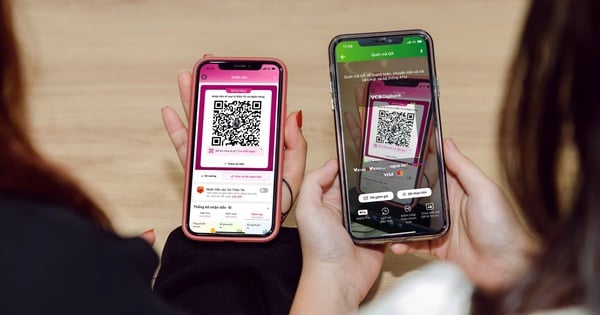



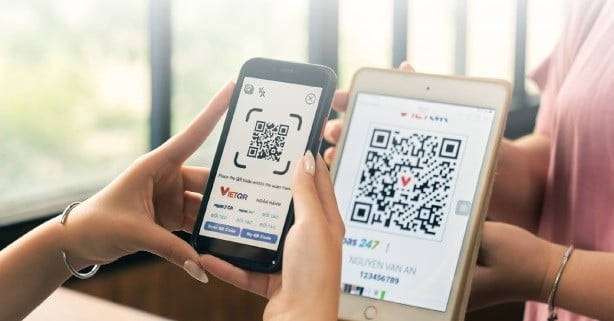




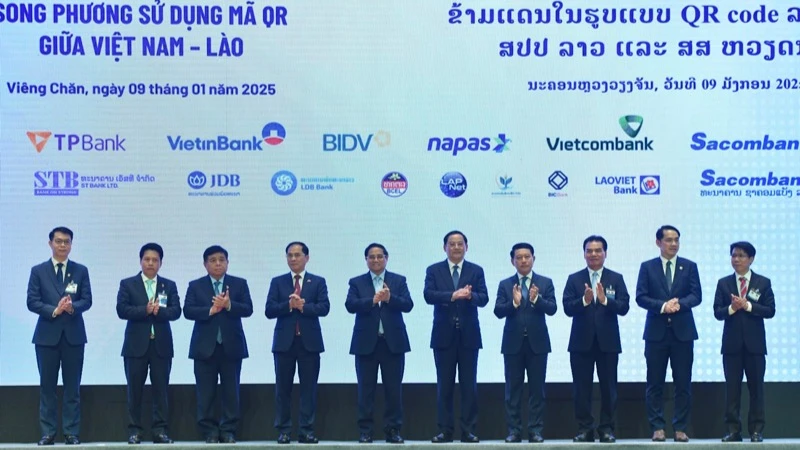












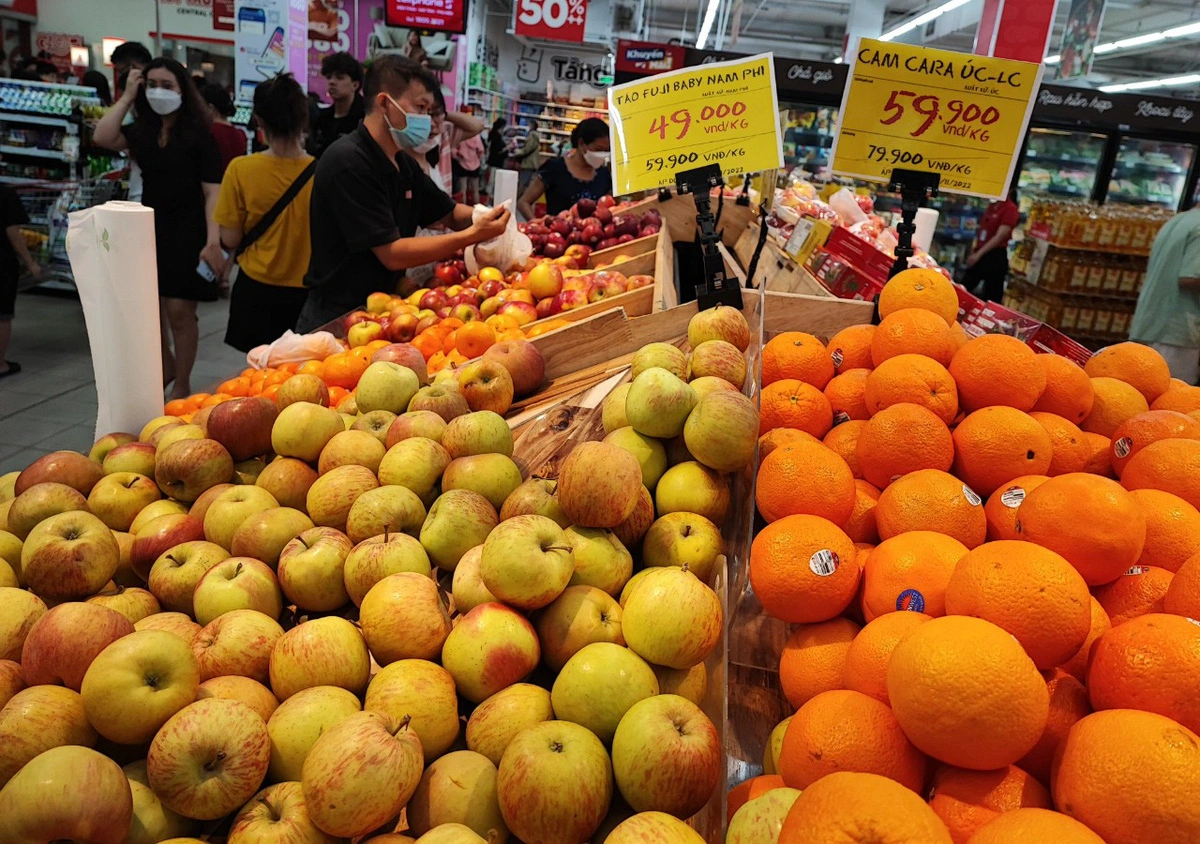
















Comment (0)